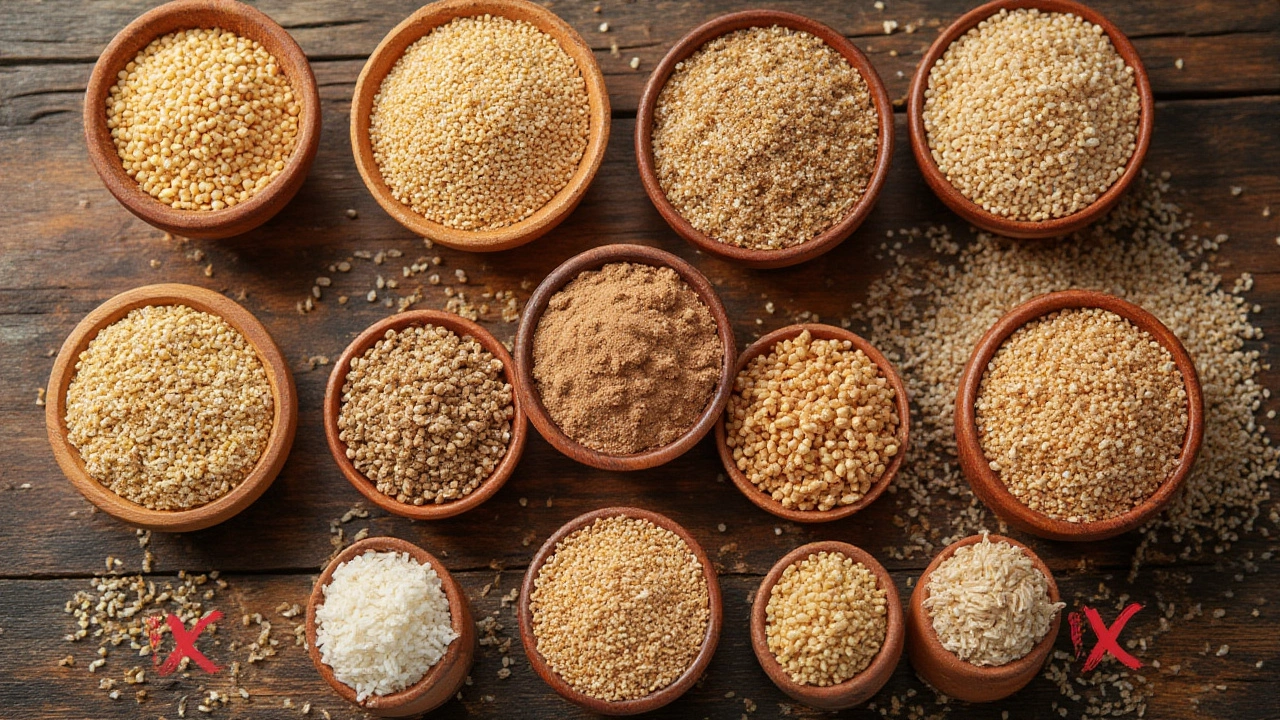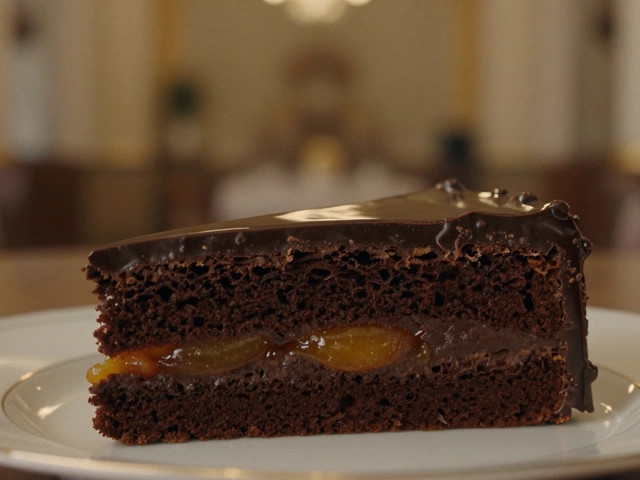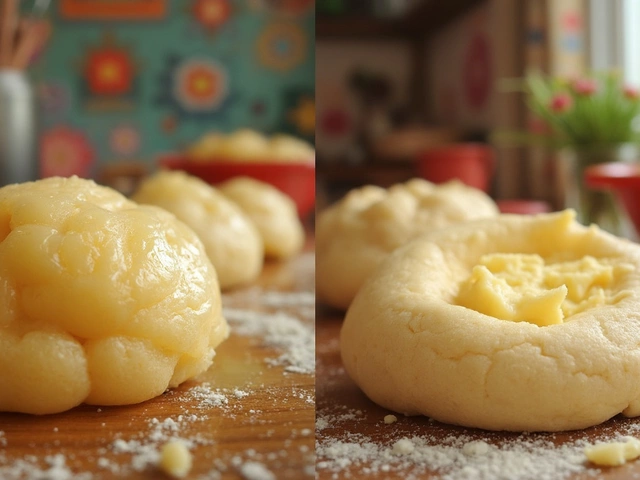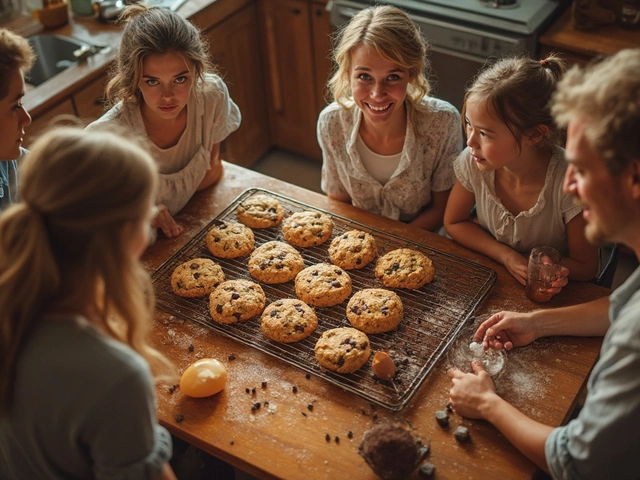Grains Without Gluten – Your Go‑To Guide for Baking and Cooking
Ever wonder why some recipes call for "flour" but you can’t use wheat? It’s because wheat has gluten, the stretchy protein that makes dough elastic. If you’re avoiding gluten, you just need to swap in grains that never had gluten in the first place. Below you’ll find the top gluten‑free grains, how to work with them, and practical tips that keep your cakes, brownies and cookies from turning into rock‑hard bricks.
Top Gluten‑Free Grains to Keep in Your Pantry
Not all grains are created equal. Here are the ones that are naturally gluten‑free and work well in sweet treats:
- Rice (white or brown) – the most common base. Use rice flour for a light crumb.
- Quinoa – high in protein and a tiny nutty flavor. Grind into flour for brownies.
- Millet – mildly sweet and great for pancake batters.
- Sorghum – adds a subtle caramel note; perfect in chocolate cakes.
- Buckwheat – despite the name, it’s gluten‑free and gives a earthy taste.
- Oats (certified gluten‑free) – blend into oat flour for cookies.
Keep a small stash of each and you’ll have a flexible pantry. When you mix two or three flours, you get better texture and flavor than using just one.
Baking Tips for Light, Fluffy Gluten‑Free Treats
Gluten‑free baking can feel tricky because you lose that natural “glue.” Here’s how to get around it:
- Combine flours: Pair rice flour (light) with a denser one like sorghum. A 1:1 mix often works.
- Add binders: A teaspoon of xanthan gum or a tablespoon of psyllium husk per cup of flour restores stretch.
- Don’t over‑mix: Gluten‑free batters don’t need the same vigorous beating. Mix until just combined to avoid a gummy texture.
- Watch the liquids: Gluten‑free flours soak up more liquid. Add a little extra milk, water or oil if the batter feels thick.
- Use the right leavening: A pinch more baking powder (about ½ tsp extra per cup) helps the rise.
Quick recipe example: Gluten‑Free Chocolate Cake. Combine 1 cup rice flour, ½ cup sorghum flour, 1 tsp xanthan gum, ½ cup cocoa powder, 1 tsp baking powder, ¼ tsp salt, ½ cup sugar, 2 eggs, ½ cup melted butter, 1 cup milk, and 1 tsp vanilla. Mix, pour into a greased pan, and bake at 350°F for 25‑30 minutes. The result is moist, tender, and totally gluten‑free.
If you’re making brownies, swap the wheat flour for an equal amount of quinoa flour and add a tablespoon of almond meal. The extra fat from the almond keeps them fudgy.
Storage matters, too. Keep your gluten‑free flours in airtight containers in the fridge or freezer; moisture can spoil them faster than wheat flour. A quick sniff before using will tell you if they’ve turned rancid.
Finally, don’t forget nutrition. Many gluten‑free grains are higher in fiber, protein, and minerals than refined wheat flour. That means your desserts can be a bit more wholesome without sacrificing taste.
So next time a recipe says “use any flour,” reach for the gluten‑free options above, follow the binding tricks, and you’ll get delicious results that anyone can enjoy – gluten‑sensitive or not.

Gluten-Free Grains List: Which Grains Are Safe For A Gluten-Free Diet?
Confused about which grains are truly gluten-free? Dive into a full breakdown of gluten-free grains, tips, nutrition facts, and surprising gluten traps.
View More




